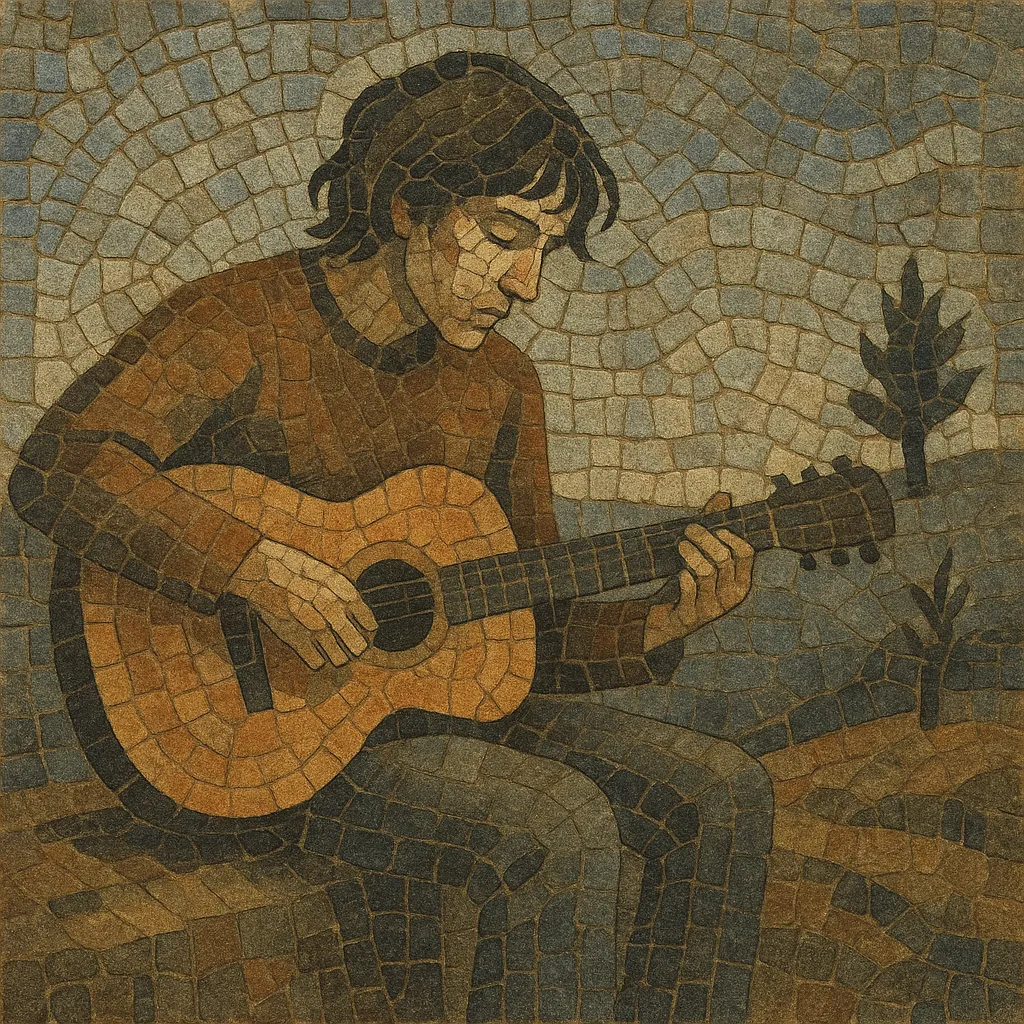
Loner folk is an intimate, inward-looking branch of folk and singer-songwriter music characterized by sparse arrangements, solitary performances, and frequently home- or privately recorded albums. Its hallmarks include close-miked vocals, minimalist acoustic guitar (often fingerpicked), and the audible patina of tape hiss or room ambience that underscores a diaristic, confessional tone.
Emerging from late-1960s private-press and DIY circles, loner folk overlaps with psychedelic folk in its dreamlike atmospheres and existential themes, but it is generally quieter, less orchestrated, and more introverted. Lyrics dwell on isolation, spiritual searching, memory, and nature, while the production aesthetic favors raw immediacy over studio polish.
Loner folk took shape at the end of the 1960s in the United States amid a flourishing private-press culture and the broader singer-songwriter movement. Artists recorded stark, personal songs at home or in small studios, releasing limited-run LPs that circulated locally or by mail order. While psych-folk’s spectral textures hovered in the background, loner folk typically stripped arrangements down to voice and acoustic guitar, producing recordings that felt like unguarded confessions captured in real time.
Throughout the early-to-mid 1970s, musicians such as Dave Bixby, Gary Higgins, Bob Desper, Simon Finn, and F. J. McMahon issued deeply introspective albums that emphasized solitude and spiritual rumination. The aesthetic—quiet dynamics, fingerpicked guitars in alternate tunings, subdued tempos, and room-sound intimacy—became a defining signature. Many of these records disappeared quickly due to small pressings but accrued cult status among crate-diggers.
In the 1990s and 2000s, reissue labels and archivists revived interest in the microgenre. Compilations (notably of “loner folk” and private-press folk) and reissues by labels such as Numero Group and Light in the Attic brought long-lost recordings by artists like Linda Perhacs and Sibylle Baier to wider audiences. In parallel, outsider figures like Jandek bridged loner folk’s sensibility with lo-fi and experimental traditions.
The loner folk ethos—intimacy, DIY recording, and diaristic songwriting—has influenced contemporary indie folk, free/“wyrd” folk, ambient folk, and bedroom pop. Modern artists frequently adopt its close, unadorned vocal presentation and sparse acoustic textures, using home studios and cassette or tape-emulating workflows to recapture its vulnerable immediacy.

